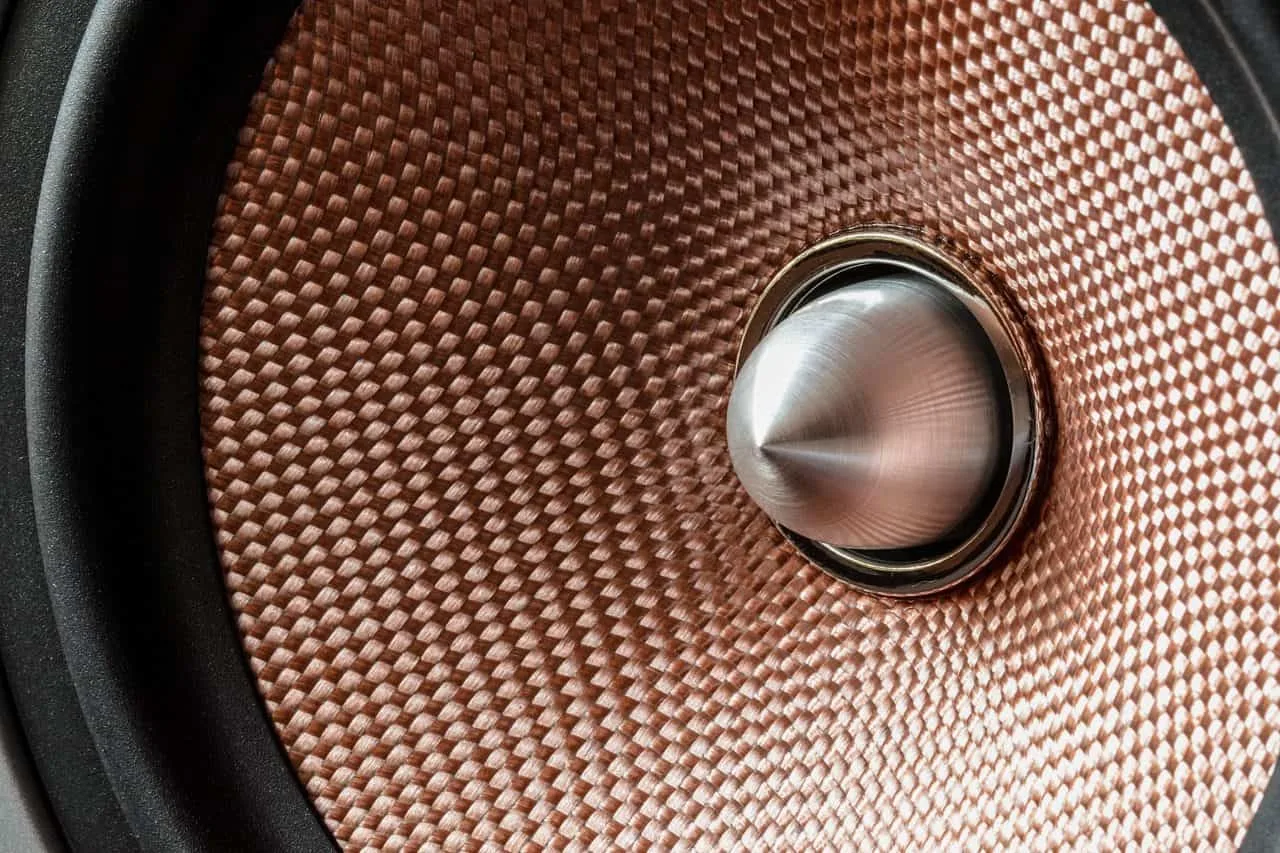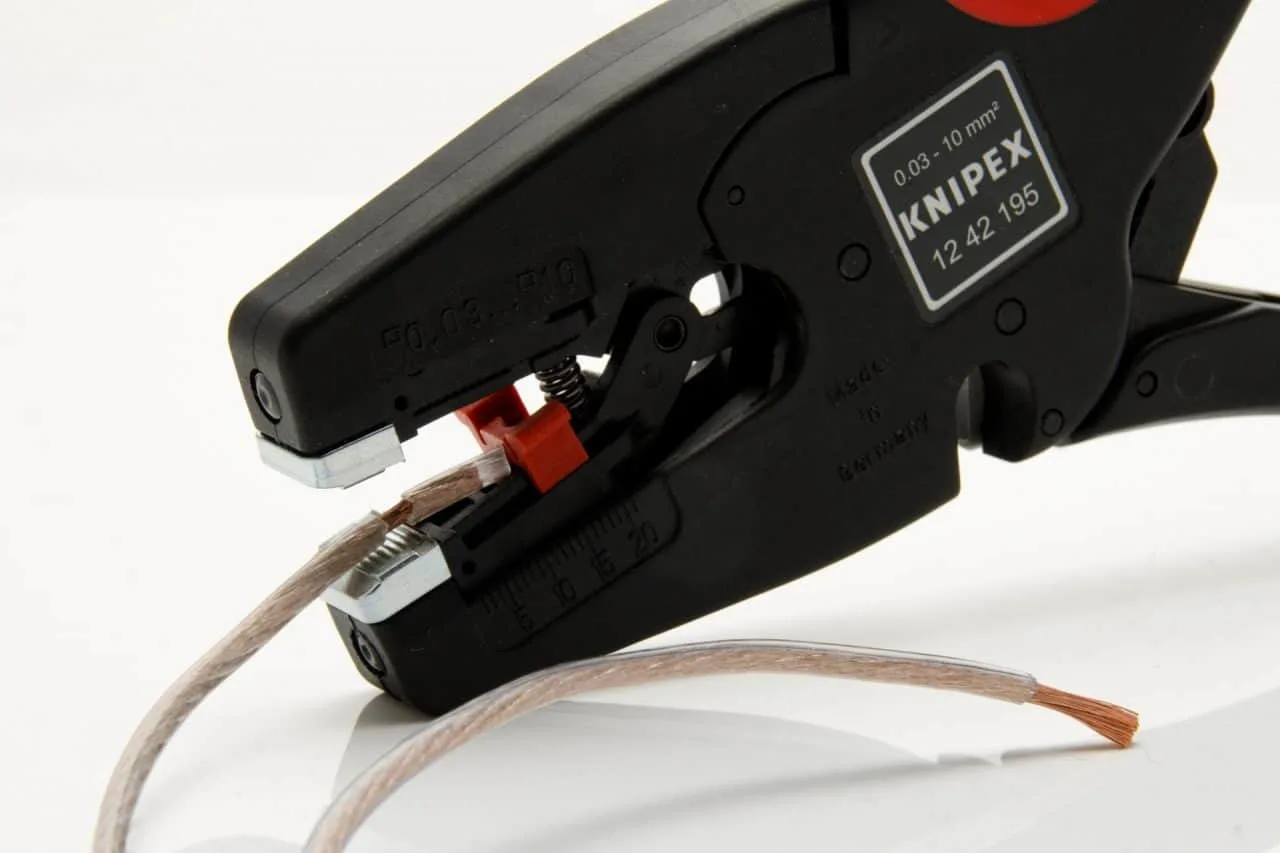Wiring up your speaker system can seem complicated, particularly if you’re missing certain components. A crossover is commonly used, and while it can be beneficial, it’s possible to wire tweeters without one.
A crossover is recommended to ensure that the low, mid, and higher frequencies are sent to your speaker system’s tweeters, woofers, and subs. However, most amplifiers come with a built-in high pass and low pass filter so that they can be used without a standalone crossover.
If this all sounds a little confusing now, don’t worry; in this guide, we’ll provide simple steps that you can follow to wire your tweeters without using a crossover.
Can You Wire Tweeters Without a Crossover?
A stereo system is made up of several components. There’s the woofer, subwoofer, and midrange frequency driver. Another integral part of the system is the tweeter, which is responsible for producing high frequencies.
The frequencies produced by tweeters range between 3 kHz to 20 kHz, which makes them a vital part of the overall sound. They contain tiny cones that can vibrate quickly while drawing minimal power from the amp.
Without tweeters, the sound system will lack clarity and power in the upper midrange and treble frequency bands.
In most cases, tweeters are used with a device known as a crossover. This component is responsible for separating input signals from several frequency bands.
The reason that a crossover is used with tweeters is so that only the higher frequencies which the speaker is designed to produce are sent to them. Lower frequencies are sent to the subwoofer, and so on.
If your audio system contains a coaxial speaker, you can wire your tweeters without needing an external crossover.
Here are the steps you can follow to do this.

Step 1 – Tools and Equipment
The first thing you’ll need to do before you attempt to wire your tweeters without a crossover is to check that you have all the necessary tools, materials, and equipment.
Depending on the specifics of your audio system, you’ll probably need all of the following equipment:
- Soldering gun
- Screwdriver
- Screws
- Wrench
- Nuts & Bolts
Step 2 – Safety Checks
Wiring up a tweeter without a crossover is a simple job with minimal safety risks, but like any form of electrical practice, necessary safety precautions must be taken.
Before you begin the process, make sure that the mains electricity supply is turned off and that the wires are positioned away from one another in a safe and appropriate place.
You’ll need to disconnect the battery if you’re wiring a tweeter in an automobile. To do this, ensure the ignition is switched off and disconnect the negative cable from the terminal.
Step 3 – Accessing the Speakers
To wire tweeters without a crossover, you’ll need to do some planning. Firstly, you must find a suitable location to install them.
Most tweeters wired into a car are installed on the dashboard, the door, or another panel. You’ll need to decide on the location that suits your preferences and the specifics of your automobile.
Once you’ve chosen the ideal location to install the tweeters, you need to remove any of the panels or structures that will prevent you from gaining access to that area.
Depending on the design of your car, you’ll need to use a certain screwdriver or another tool to remove the necessary panels.

Step 4 – Wiring
Once you’ve decided on the location and removed any panels, you’re ready to wire up the tweeters. To do this, disconnect the leads from the speakers and connect them to the tweeters.
In theory, this should be quite a straightforward process. All you’ll need to do is connect the wires from the tweeters to the correct potion on the rear side of the receiver or amp of the audio system.
However, different types of speakers require a slightly different method.
If your speakers are of the coaxial variety, consisting of a tweeter and a woofer in the same enclosure, the installation process will be very simple.
On the other hand, if you are using component speakers, you’ll need to use a crossover. The crossover is necessary because it splits the higher and lower frequency bands and sends them to the correct drivers.
Step 5 – Secure the Tweeters
After you’ve wired up the tweeters and have checked that everything is in the correct place, you can mount them to the chosen location. This can be done by screwing them in or using cable ties to secure them.
It’s important to check that the tweeters are mounted in a location where they will not come loose. The vibrations and movement in an automobile could potentially shake the tweeters, so they must be secured firmly in place.
Once satisfied with the installation, you can test the tweeters by playing music through the audio system.
What is a Crossover Used For?
You may be wondering why a crossover is used if it is possible to wire up a tweeter without one. Crossovers are important components in many audio systems, as they perform the vital role of splitting frequencies into separate signals.
A speaker contains several parts which are designed to produce certain sounds, and frequency bands. For example, a subwoofer predominantly produces sub-bass frequencies, and a tweeter produces treble frequencies.
For these separate components to project the frequency bands they are designed for, a crossover must be used. They’re often installed in amplifiers and receivers, so you probably won’t need to use a standalone device.
If a loudspeaker includes more than one driver, then it needs a crossover to play sound. The crossover supplies the tweeter, woofer, midrange driver, and subwoofer with the correct frequencies to be produced by the device.
The crossover is arguably the most underrated component in a speaker system because it allows the other parts to work to the best of their ability.
Final Thoughts
Wiring tweeters without a crossover shouldn’t be too difficult, providing your sound system contains an amplifier or receiver. If you follow the instructions in this guide, you’ll have your new tweeters wired up and working in no time.
You don’t need to be experienced in electronics to wire a tweeter, but it’s always a good idea to consult someone with expertise if you’re unsure of anything.
Related Questions
Do tweeters produce bass?
Although tweeters are predominantly designed to produce higher frequencies, they also produce frequencies in the lower midrange. Tweeters don’t produce bass frequencies, though, as these are exclusive to the woofer and subwoofers.
Why do my tweeters sound crackly at loud volumes?
If your tweeters crack at loud volumes, this indicates an issue with the connection or the speaker wire connecting the tweeters to the main speaker. Try replacing the wire and see if this rectifies the problem.
Do larger tweeters produce more volume?
The size of a tweeter usually directly correlates to its maximum volume. A larger tweeter is likely to produce a louder volume than a smaller one, as it will produce more prominent lower frequencies.
